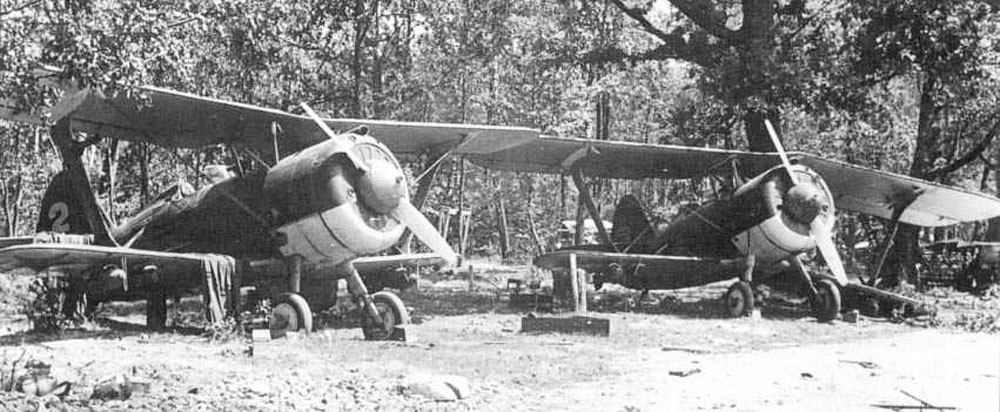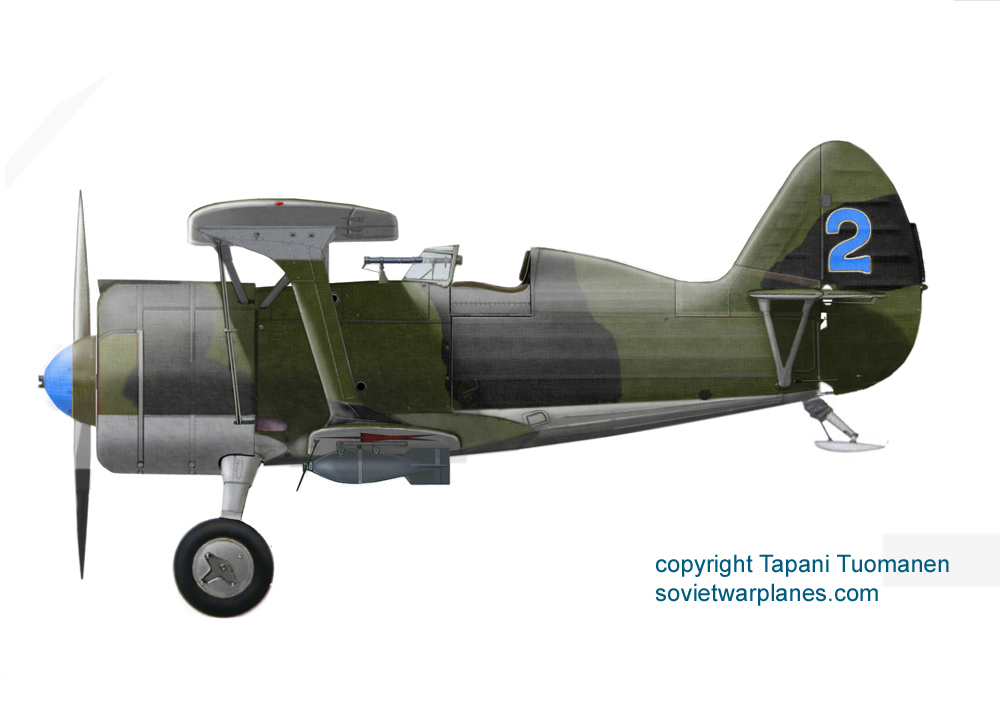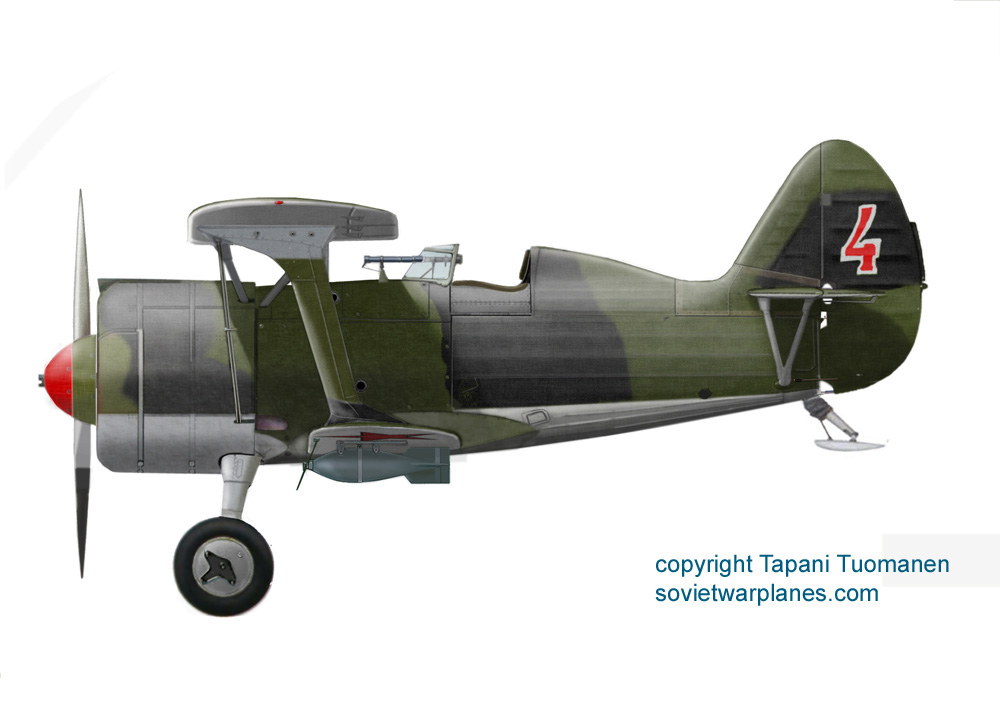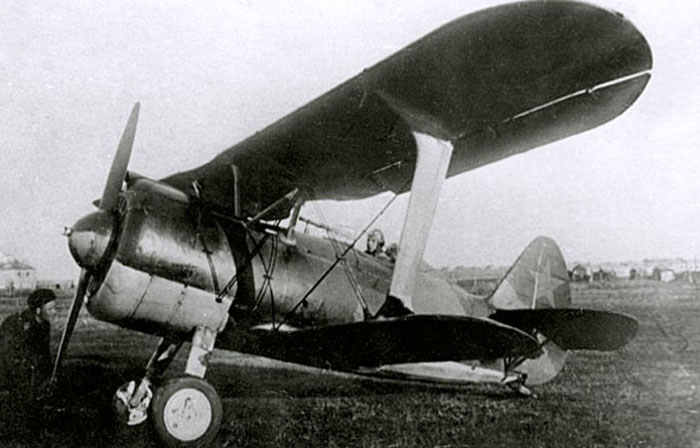
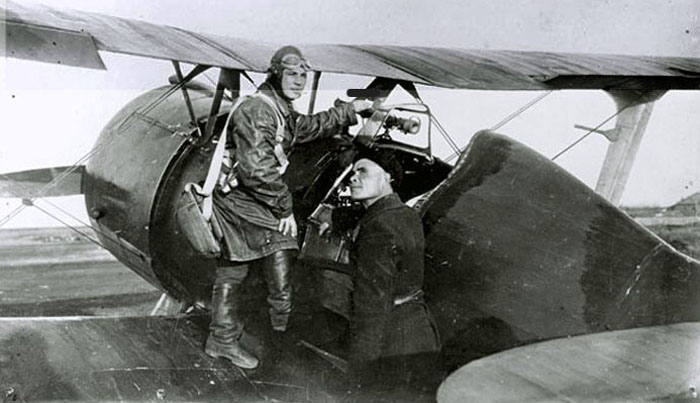
Two photos of the very same plane show that the adaptation of the painting was made by adding black bands to the original green liveryby brush; in facts, the division line between upper and undersurfaces is still the one from the factory. The stars on the fuselage sides and on the upper wing surfaces were deleted, and new plain red stars were added on the tail. It is unclear if the red stars under the wings are still of the prewar type with black circles inside, or if they were modified into plain stars. It's likely that the painting of undersurfaces was left unchanged.
The spinner is noteworthy: it is roughly repainted black for 3/4, while 1/4 is of a light color, possibly a squadron identificative color.
The resemblance of this pattern to the sketch published in the NKAP directive of June 1941 is noteworthy, and allows a reconstruction of the whole painting.
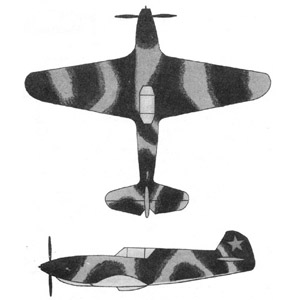
Below: reconstruction of the camo pattern of this plane.
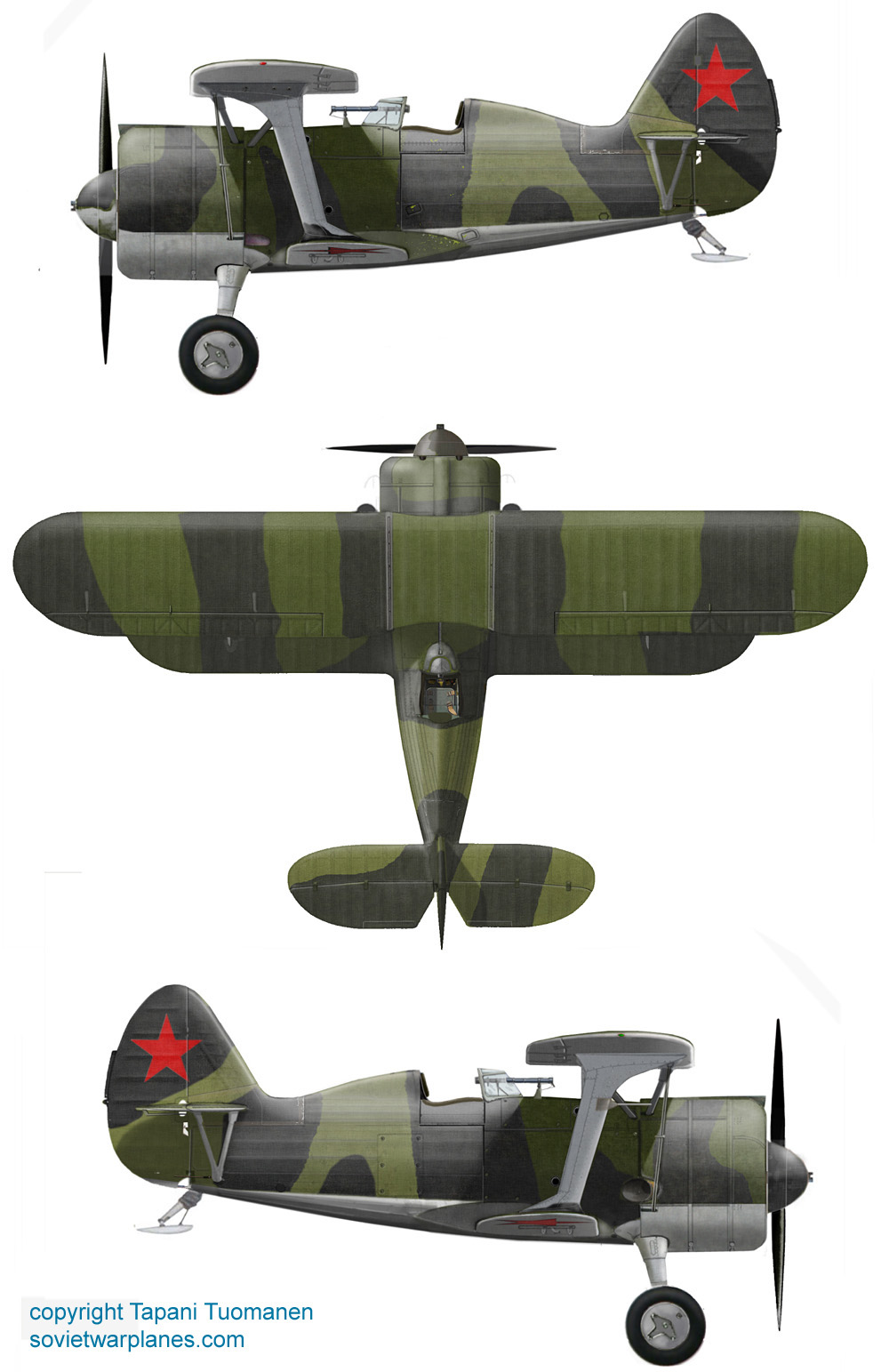
11 IAP
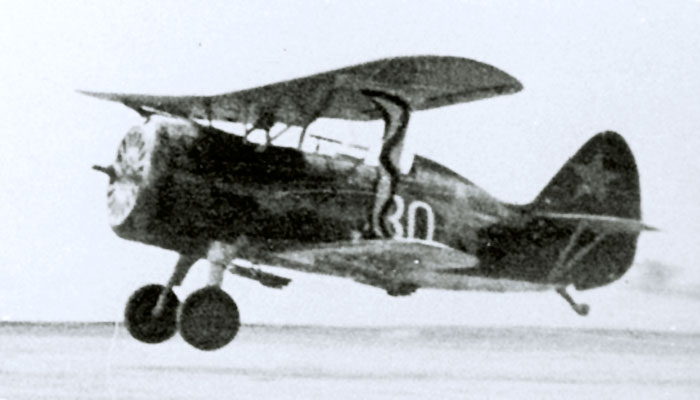
White 30 of sr. lt. V.F. Abramov of 11 IAP KBF on takeoff for a ground attack mission. It is armed with 4 RS-82 rockets, probably installed on a metal insulated plate protecting the fabric skinning.
The tail skid has been replaced with the wheel from an I-153.
The camouflage could be black and green, perhaps with a third color.
Image from Polikarpov fighters in action part 1, Squadron Signal

This 'white 56' could belong to 11 IAP KBF in late 1941.
The tail skid looks modified as that of plane n.30.
Note the rails and the underlying RS-82 rockets, and what seems a sort of box with at least one window, thought to be a non-standard gun camera or reconaissance pod, installed under the left wingroot. It's not clear why to load this obsolete plane both with rockets and a pod.
Below, a detail of the device. If it was really a reconaissance pod, it is likely that there are windows and cameras looking downwards and rearwards too.
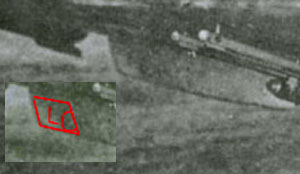
Image from Polikarpov I-15bis of Maslov.

An artist's impression of plane 56. The pattern of the camouflage can be recognized only in vague way, but it seems that it was extended to the prop blades and to the wing struts.
A brace of a red star with white outline is vaguely visible on the photo.
The drawing represents the shape of the supposed camera pod under the left wingroot.
Note the I-153-style tail wheel.
Unknown unit

Image of a camouflaged I-15bis 'blue(?) 2' of unknown unit, presumably during the summer 1941.
The plane has a bomb load (2 FAB-50 and two AO-25).
The camouflage appears matt, that suggests that both green and black are made with AMT paints, but the effect could also be due to chalking of the original gloss paint.
The panels of the engine cowling show discontinuity in the camouflage, that could be due to repairs made with pieces of other planes. The camouflage is extended to the outer wing struts and to the lower part of the inner struts.
The front of the spinner is roughly painted with a relatively light paint, possibly light blue. The propeller's blades still preserve the factory aluminum front.
The red star on the fuselage looks preserved, while the one under the wings is still of the original factory type with the inner black ring.
The photo below shows plane 2 aside to another I-5bis, numbered 4.
We can see that the shades of bort number 4 and of the front of the spinner are darker than on plane 2; so we can suppose that on n.4 both the number and the spinner were red, and on n.2 they were of a lighter color, probably light blue because yellow, in wide use after the war, looks unlikely after that the plane was partially repainted.
